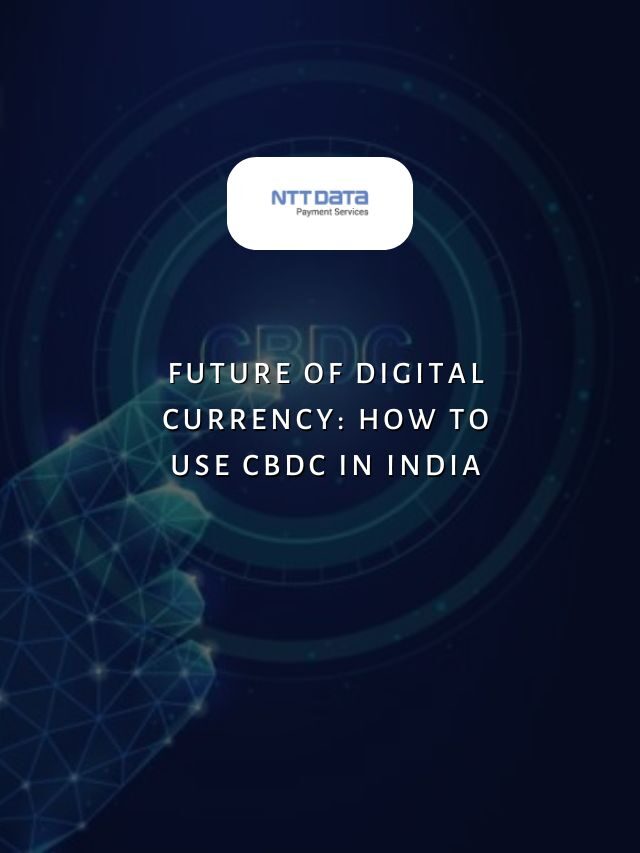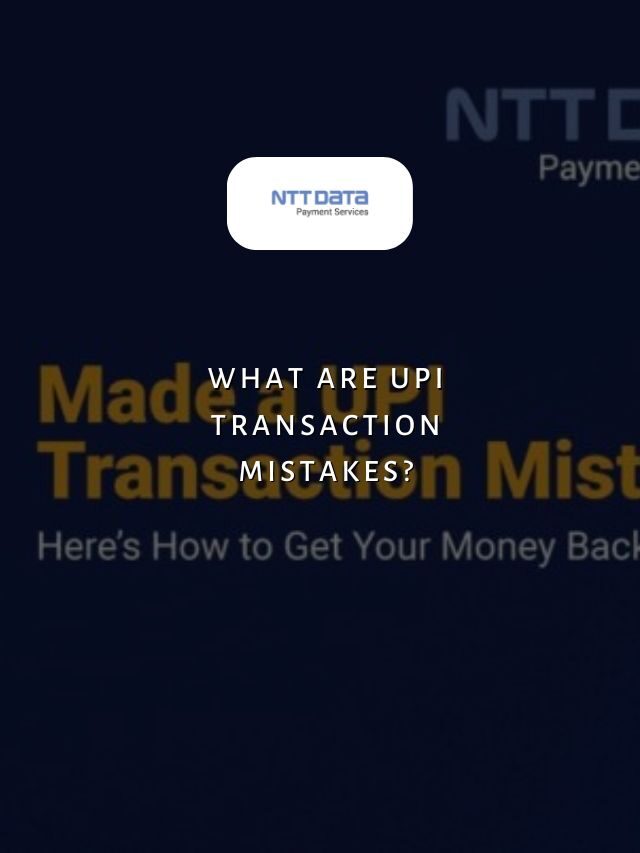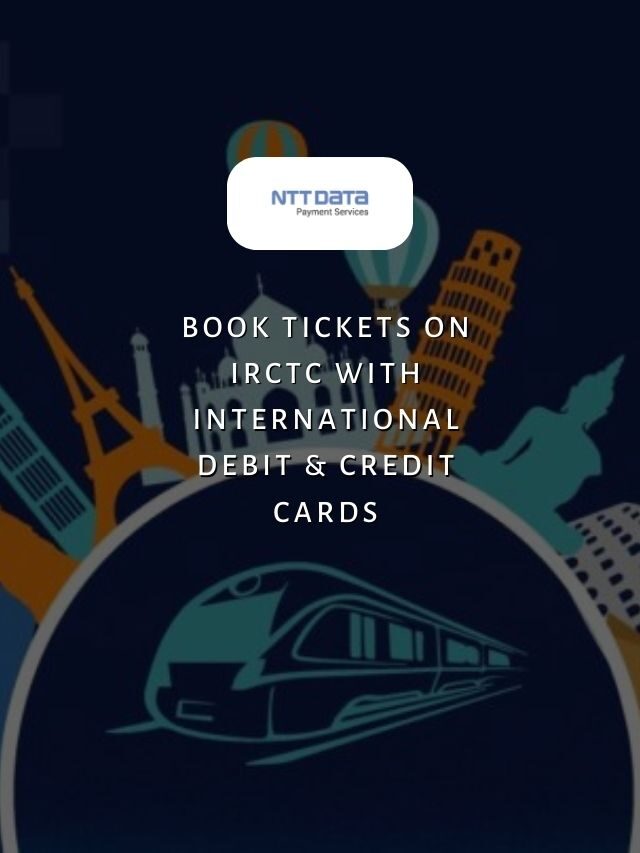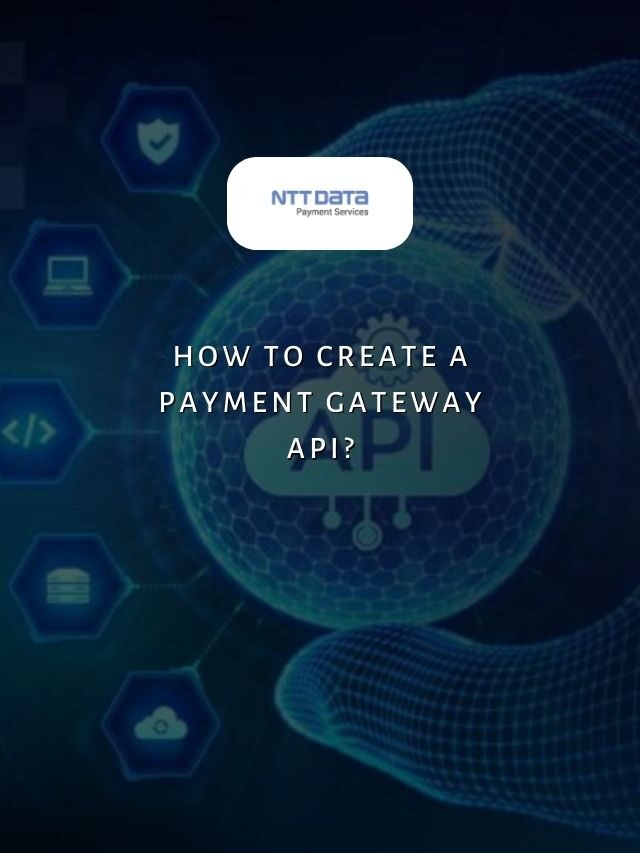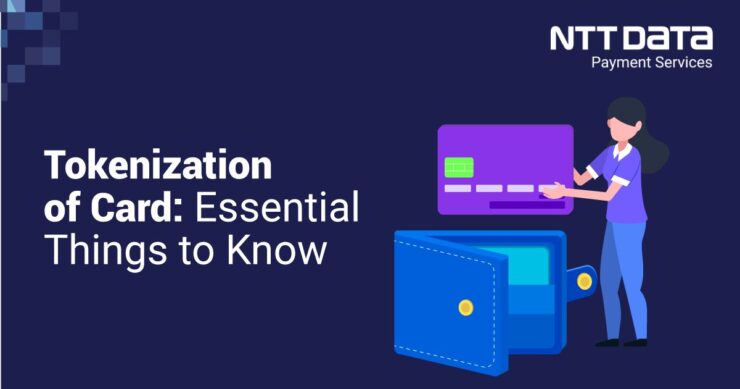
Table of Contents
Payment tokenisation has become increasingly crucial for securing digital transactions in today’s online commerce world.
In this blog, we will explore card tokenisation, which is a game-changing technology that helps protect payment data and significantly prevent fraud.
Understanding Tokenisation in Credit Card
With more transactions moving from physical in-store to online card-not-present channels, the need to protect sensitive payment data and reduce fraud has never been greater.
Payment tokenisation plays a pivotal role by addressing the ecosystem’s security and user experience needs. The significance of the tokenisation of cards lies in its ability to shield merchants and payment processors from direct exposure to customer payment credentials.
As per industry studies, tokenisation has helped reduce card-not-present fraud rates by 35-50% compared to non-tokenised transactions.
What is tokenisation in a card?
The tokenisation of cards refers to the process of replacing actual card details like credit card numbers with unique payment tokens when making digital transactions.
Only the tokens are passed through the system during checkout instead of primary account numbers, shielding sensitive financial data.
Even if tokens are compromised, the underlying card numbers remain secure due to tokenisation.
Recent Web Stories
How Does Payment Tokenisation Work?
The tokenisation process works as follows:
- When a consumer makes a purchase online and shares their credit card details, these details are sent to a tokenisation service provider.
- The service provider generates a unique payment token and stores the card details in a token vault.
- The token is then sent back to the merchant/ payment service provider to process the transaction.
- During payment authorisation, the token is mapped back to the card details before the transaction is routed to the payment network for processing.
Secure Your Online Payments with NTT DATA Payment Services
At NTT DATA Payment Services, we offer tokenisation of cards to help merchants, banks, and digital wallet providers securely tokenise card credentials, simplify PCI compliance and reduce fraud risks.
NTT DATA Payment Services offers a complete payment solution to advance both your offline and online businesses from,
- Online Payment Gateway India
- POS machines
- IVR payments
- Mobile applications, and
- Bharat QR Scan and Pay
We ensure maximum comfort, convenience, and safety for all your payments.
| Did you know? Visa reported a 35-50% drop in fraud rates for card-not-present transactions using tokens compared to non-tokenised credentials. |
5 Benefits of Tokenisation
The tokenisation of cards provides several significant benefits for payment security:
- It protects sensitive card data and prevents data breaches from directly exposing financial information. Even if tokens are compromised, the actual details remain secure.
- It reduces fraud as it circulates tokens instead of actual details in the system. Stolen tokens have limited value compared to real card numbers.
- It allows merchants to securely store tokens for recurring/future payments without retaining sensitive data, simplifying PCI DSS compliance.
- It enhances the consumer experience by reducing friction in online checkout with saved payment methods and one-click payments.
- Early studies show tokenisation can reduce card-not-present fraud rates by 35-50% compared to non-tokenised transactions.
Significance of Tokenisation of Cards
Payment tokenisation has emerged as a critical tool to protect sensitive payment information, enhance security and reduce fraud. As e-commerce and online payments continue to grow globally, tokenisation adoption will also increase among merchants and payment providers to meet evolving industry needs.
| Also, you can get frequent updates on nttdatapayments Instagram page. |
Tokenisation of Cards: FAQs
1. What is payment tokenisation?
Payment tokenisation is the process of replacing sensitive payment data like credit card numbers with unique tokens that act as proxies for the actual card numbers. This shields merchants and processors from having direct access to consumer financial details.
2. How does the tokenisation process work?
When a purchase is made, the consumer’s card details are sent to a tokenisation provider who generates a unique token and maps it back to the actual card number. This token then passes through the system for processing transactions.
3. What are the key benefits of payment tokenisation?
Tokenisation reduces fraud, enhances security by preventing direct exposure of financial data during breaches, simplifies PCI compliance and improves the online checkout experience for consumers with saved payment methods.
4. Which industries are driving the adoption of tokenisation?
Banks, payment networks and digital wallet providers are increasingly supporting tokenisation services to enable tokenised transactions.
5. What are the latest trends in tokenisation?
Tokens are now being used beyond payments for additional customer data like addresses. Standards like EMV 3DS further reduce friction. Tokenisation also enables new commerce experiences like digital wallets and pay-later programs.

